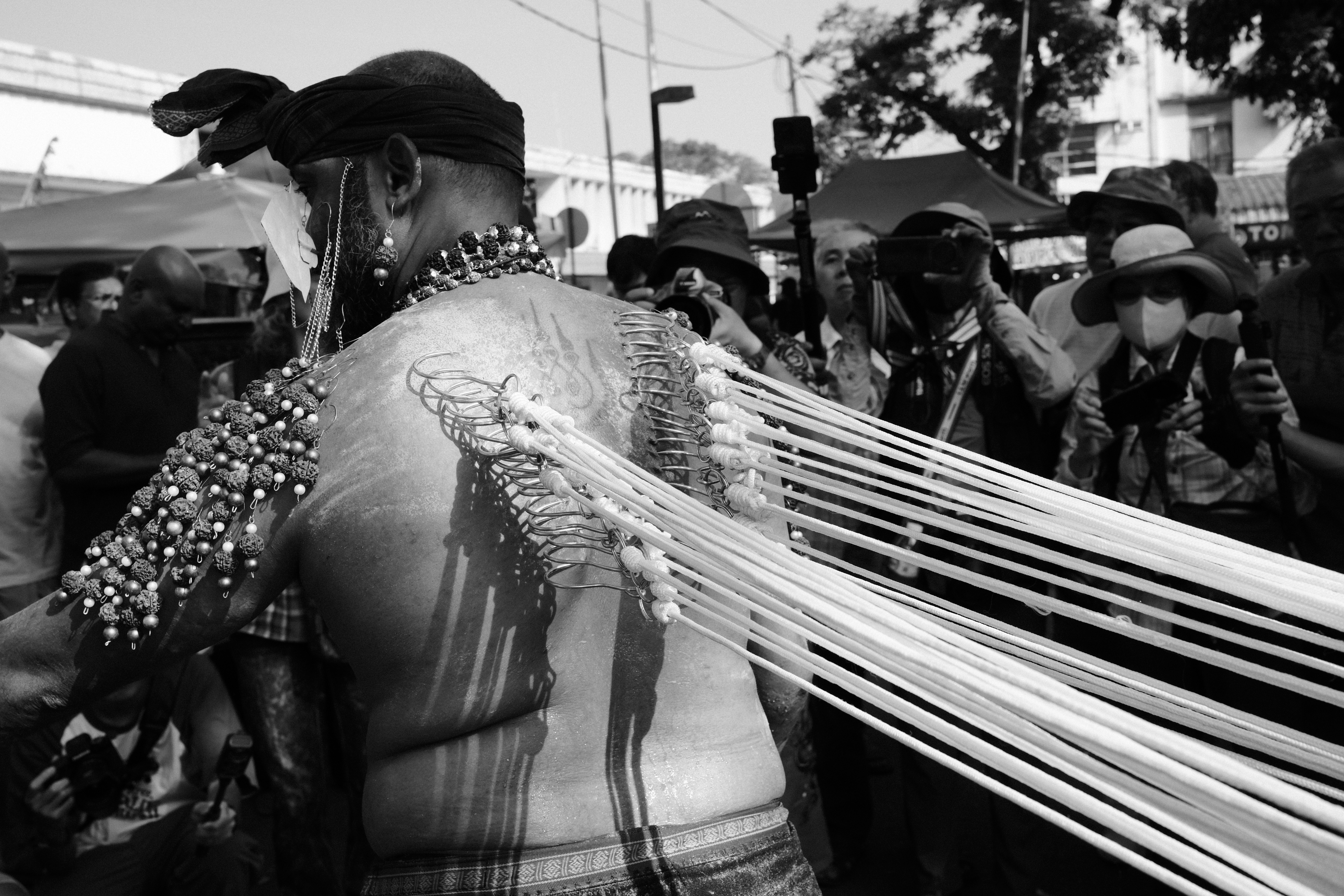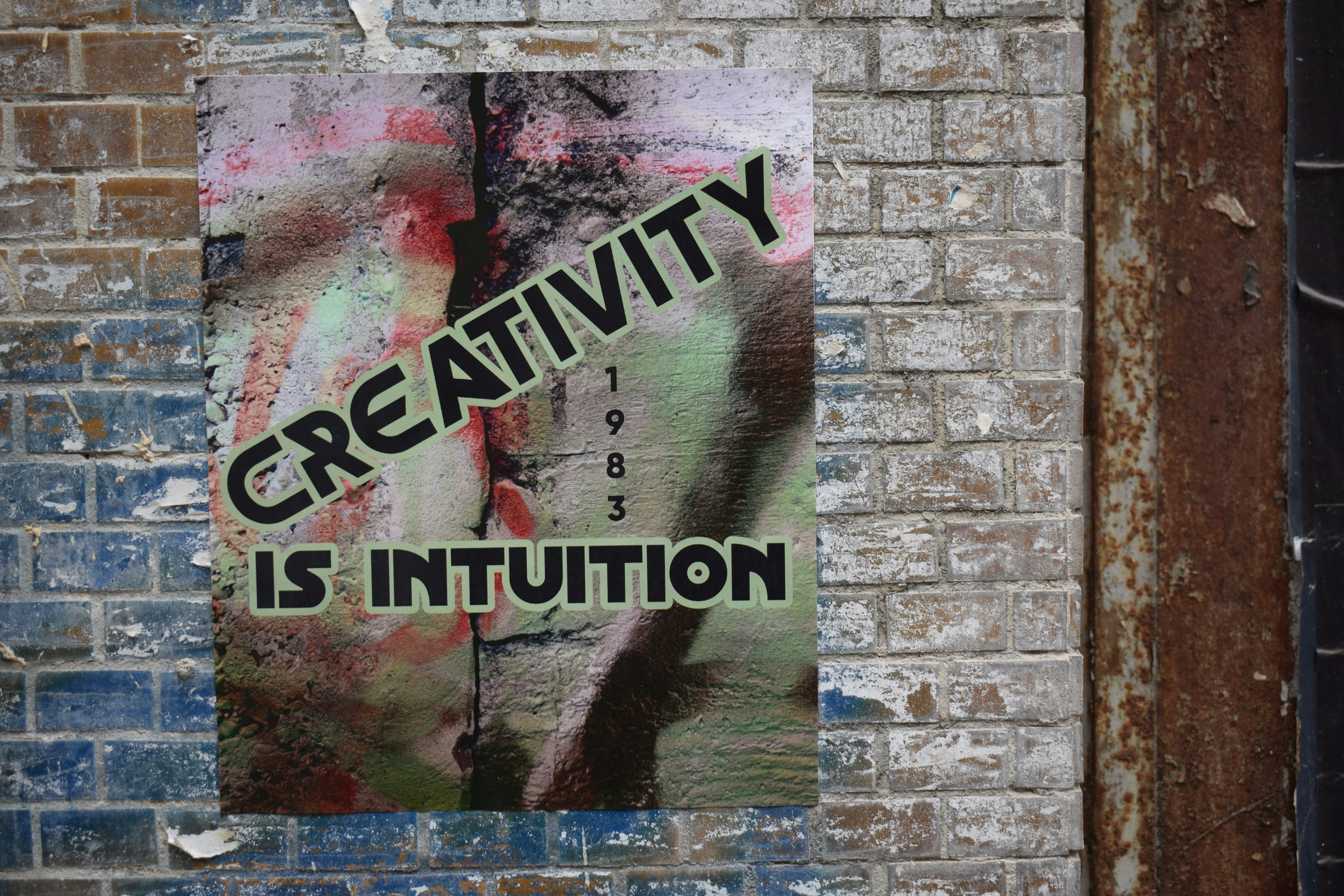Soundscapes of Imagery: How Audio Fuels Visual Storytelling
To the untrained eye, photography may seem solely about capturing light and form. Yet, what if I told you that the auditory environment surrounding a photographer can elevate their visual storytelling to heights previously thought impossible? As we delve into the innovative intersection of sound and photography, we'll explore how audio influences emotional narratives and creative techniques for photographers eager to engage their audiences on a deeper level.
Unlocking the Connection Between Sound and Sight
Imagine a quiet, serene forest where the gentle rustling of leaves harmonizes with the distant chirping of birds. Now imagine capturing that moment—not just with a camera, but through sound. The interplay of auditory elements can significantly enhance visual storytelling, creating a multisensory experience that captivates viewers beyond mere sight.
The concept of marrying soundscapes with imagery may initially appear abstract, but it’s grounded in empirical understanding. Research indicates that our brains perceive interconnectedness between the senses. Sound can evoke emotional responses, influencing how we interpret visual art. In photography, every frame tells a story, and the tones formed by surrounding environments can provide nuanced depth to these narratives.
Techniques for Incorporating Sound into Photography
To harness the power of sound in visual storytelling, photographers need to adopt techniques that actively consider auditory contexts. Here are a few strategies to employ:
1. Engage with Your Environment

Before you click the shutter, immerse yourself in your surroundings. Listen attentively to the sounds that unfold—be it bustling city life, tranquil nature, or an intimate café. These elements can guide your composition and framing, elevating the narrative beneath your images.
2. Create a Soundtrack
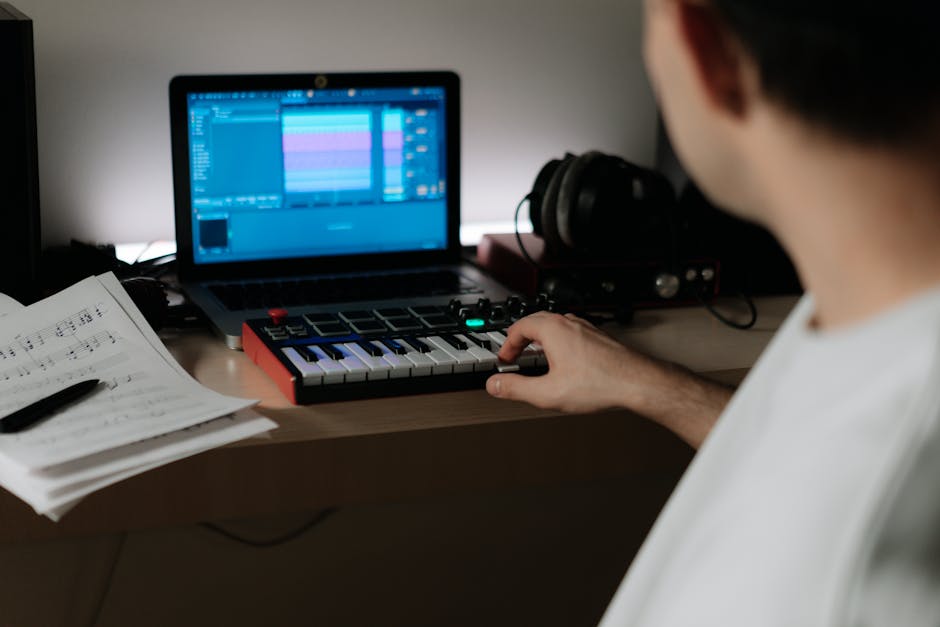
Building a soundtrack to accompany your photo collection can create an evocative experience for your audience. Think about the mood your images convey and select audio that amplifies those feelings. You can pair exhibitions, photo books, or online portfolios with relevant sound to enrich storytelling.
3. Consider Sound Cues in Post-Processing

Incorporating sound doesn’t end after capturing an image. Many contemporary photographers use multimedia elements in their presentations, such as adding voiceovers or soundscapes that narrate the piece. For instance, when showcasing a series on bustling city life, include the sound of footsteps, laughter, or traffic to amplify the viewer's experience.
4. Utilize Innovative Gear

Modern technology has opened doors to creative ventures in photography through gear designed for multisensory engagements. Here are a few innovative tools suited for integrating audio with photography:
-
Microphones and Recorders: Capture environmental sounds in tandem with your images. Devices like the Zoom H1n or Tascam DR-05X allow photographers to record high-quality audio that can enrich visual narratives.
-
Headphones: Use a good pair of headphones to refine your audio experience while shooting. It's essential for isolating sounds for recordings and ensuring the integrity of your final mix post-shoot.
-
Smartphones: Don’t underestimate your smartphone’s capabilities. Many come equipped with excellent recording tools to capture ambient sounds effortlessly while seamlessly integrating with photo editing apps.
5. Create Immersive Experiences
Push the boundaries of conventional photography by organizing exhibitions or installations featuring photos paired alongside their respective soundscapes. This experience allows viewers to engage with the art on a multisensory level, which can profoundly enhance their emotional connection with the work.
Review of Gear to Enhance Your Multisensory Experience
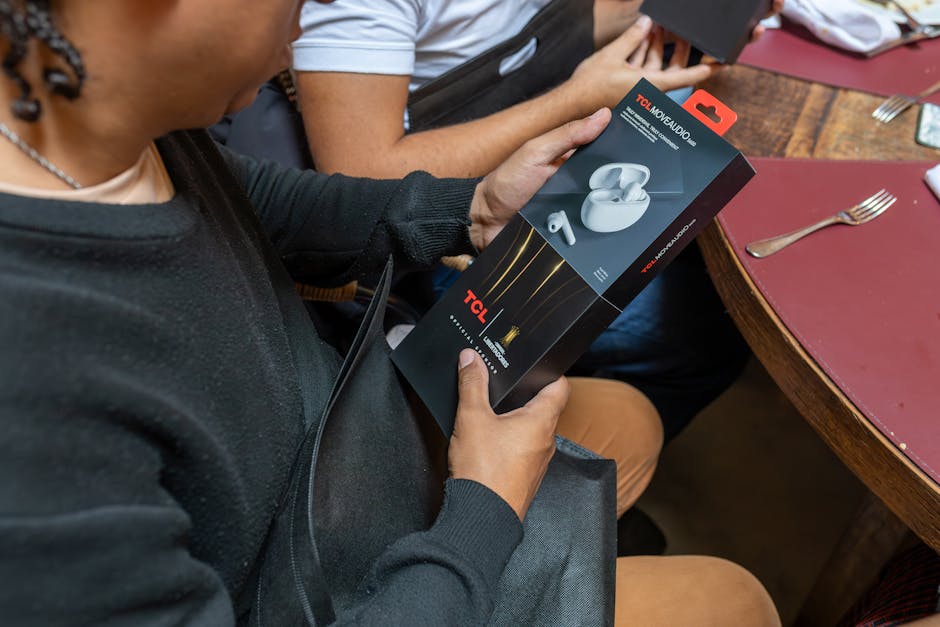
When venturing into the realms of photographing soundscapes, selecting the right gear is vital. Here are a few recommendations that stand out for their quality and utility:
Audio Recorders

Zoom H5 Handy Recorder

This versatile recorder captures sound in high definition with interchangeable input capsules, making it an ideal choice for photographers looking to supplement their work with rich audio content. Its portability ensures you won't miss vital sound moments.
Tascam DR-40X

Renowned for its durability and multiple recording modes, the Tascam DR-40X allows photographers to gather environmental sound effectively, from interviews to ambient noise, ensuring a wide array of audio options for storytelling.
Headphones
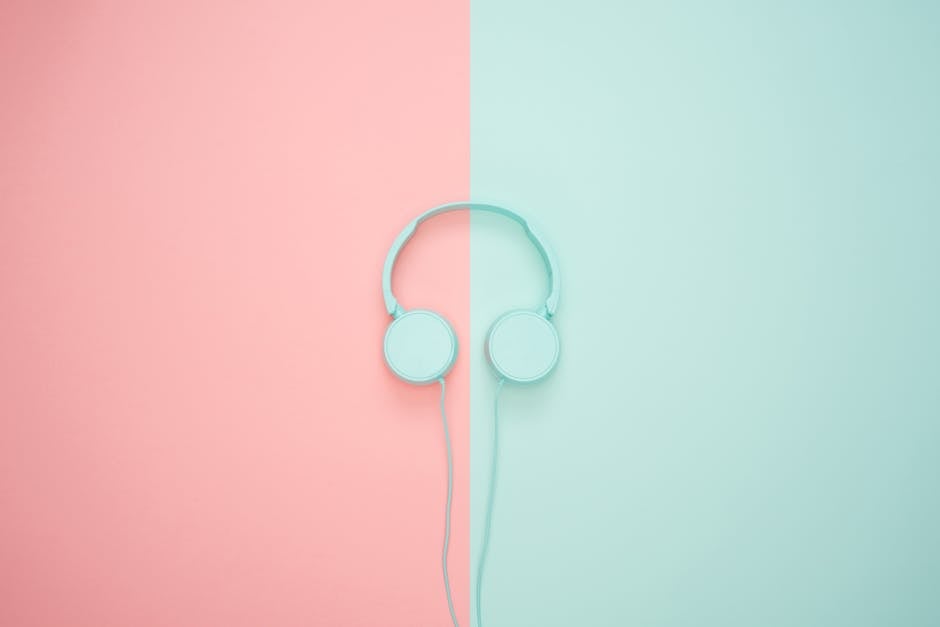
Audio-Technica ATH-M50x

These studio-quality headphones provide exceptional clarity and sound isolation, making them a reliable choice for monitoring audio while shooting or editing. They are essential for ensuring your recorded sounds create the right atmosphere for your photographs.
Sony WH-1000XM4

Known for their noise-canceling capabilities, these wireless headphones let you focus intensely on the sounds within your environment without distractions, giving you a clearer idea of what to capture when photographing.
The Impact of Sound on Audience Engagement
Photography is not merely a visual medium; it thrives on emotional connections that differ between audiences. Incorporating audio elements enables deeper engagement by catering to more senses, transforming passive viewers into active participants. This method also allows for richer storytelling, with sound acting as a narrative thread woven through visual imagery.
In this regard, the engagement of senses goes beyond merely seeing a picture; it's about experiencing the story behind it. The emotion conjured by sound deeply shapes the viewer's understanding of the imagery, leading them to interact with the artwork on personal levels.
Real-World Examples
Some photographers have taken the leap into the realm of multisensory storytelling and have crafted incredible narratives:
The Work of Paul Nicklen
National Geographic photographer Paul Nicklen captures breathtaking images of wildlife, often accompanied by soundscapes of their natural habitats. For example, his project on the diminishing ice caps showcases haunting images of seals, complemented by the sounds of cracking ice—a stark reminder of climate change.
The Creative Approach of Geordie Wood
Photographer Geordie Wood pairs atmospheric photographs of urban life with curated soundtracks that complement the hustle and bustle of the city. His project “City Sounds” features a blend of iconic city images with the clattering of pedestrians, taking engagement to a whole new level.
By examining these pioneering efforts, photographers can draw inspiration from how sound and visuals can coalesce to create multi-layered storytelling.
Next Steps: Embrace The Soundscapes
As you embark on your journey as a photographer, consider how sound can fundamentally alter the narrative within your visual storytelling. By integrating audio into your work, be it through on-site recordings, curated playlists, or immersive presentations, you elevate the engagement level of your audience.
Don't shy away from experimenting with gear designed to enhance this new narrative form. As you experiment, also consider how soundscapes tie back to the emotional power of the imagery you capture. For further insights on how to enrich your projects through techniques and gear, dive into our resource on the sensory snap: enhancing texture and composition in photography or explore how the power of natural light shapes mood.
In embracing sound in your photography, you're not merely snapping pictures—you're capturing moments with depth, emotion, and resonance. Allow the soundscapes to inform your vision, and let's redefine how we see and hear the world around us.


